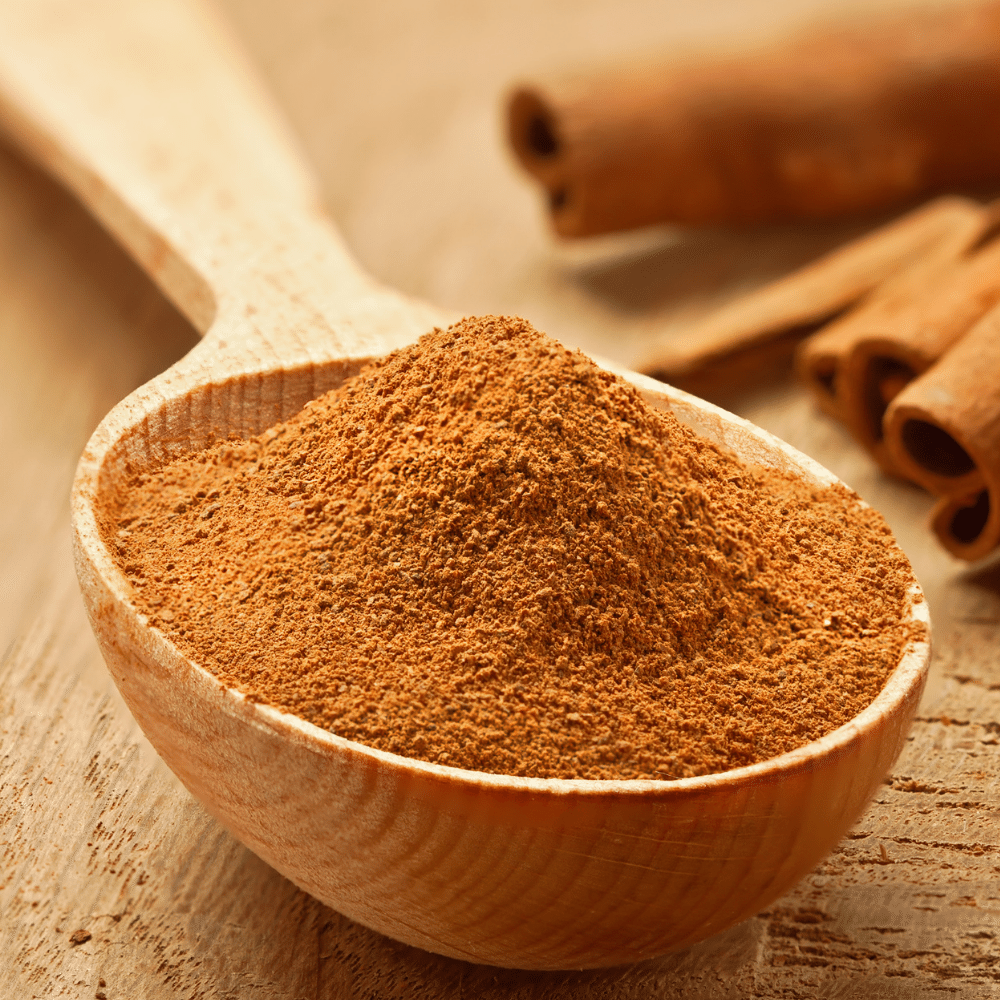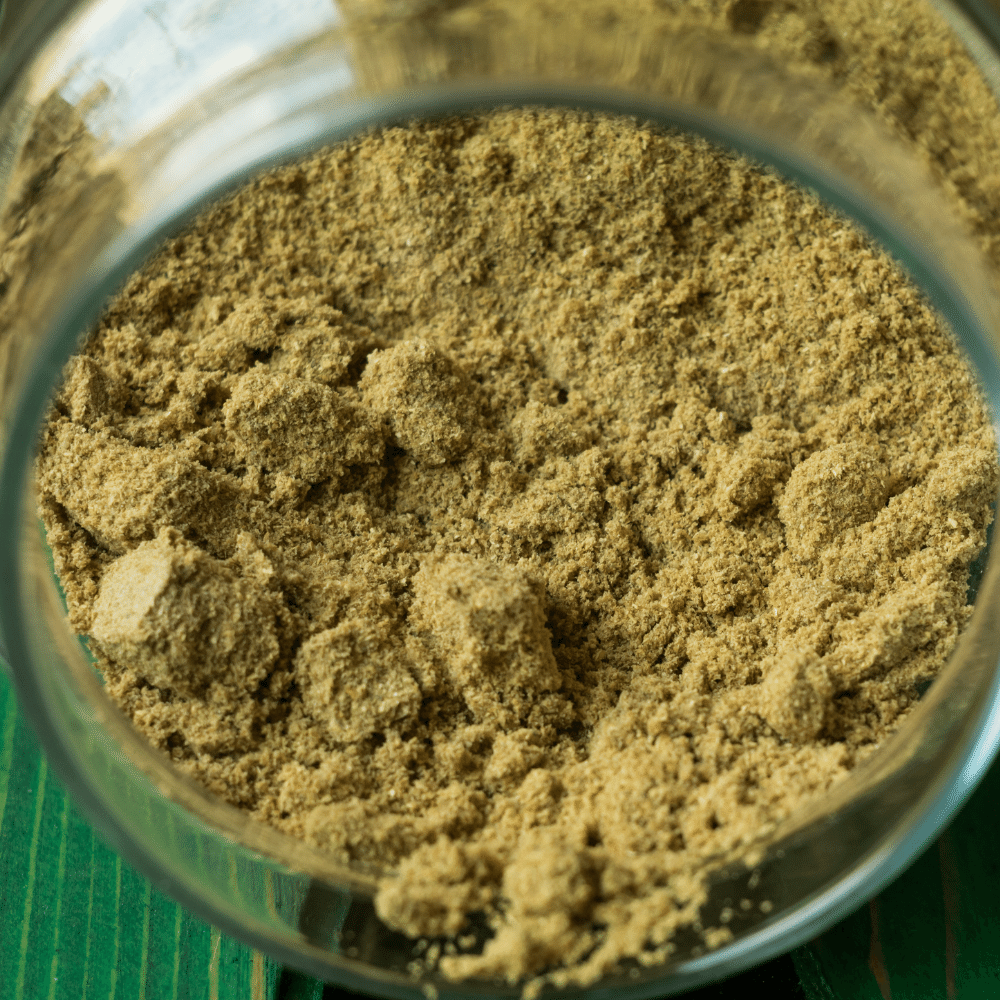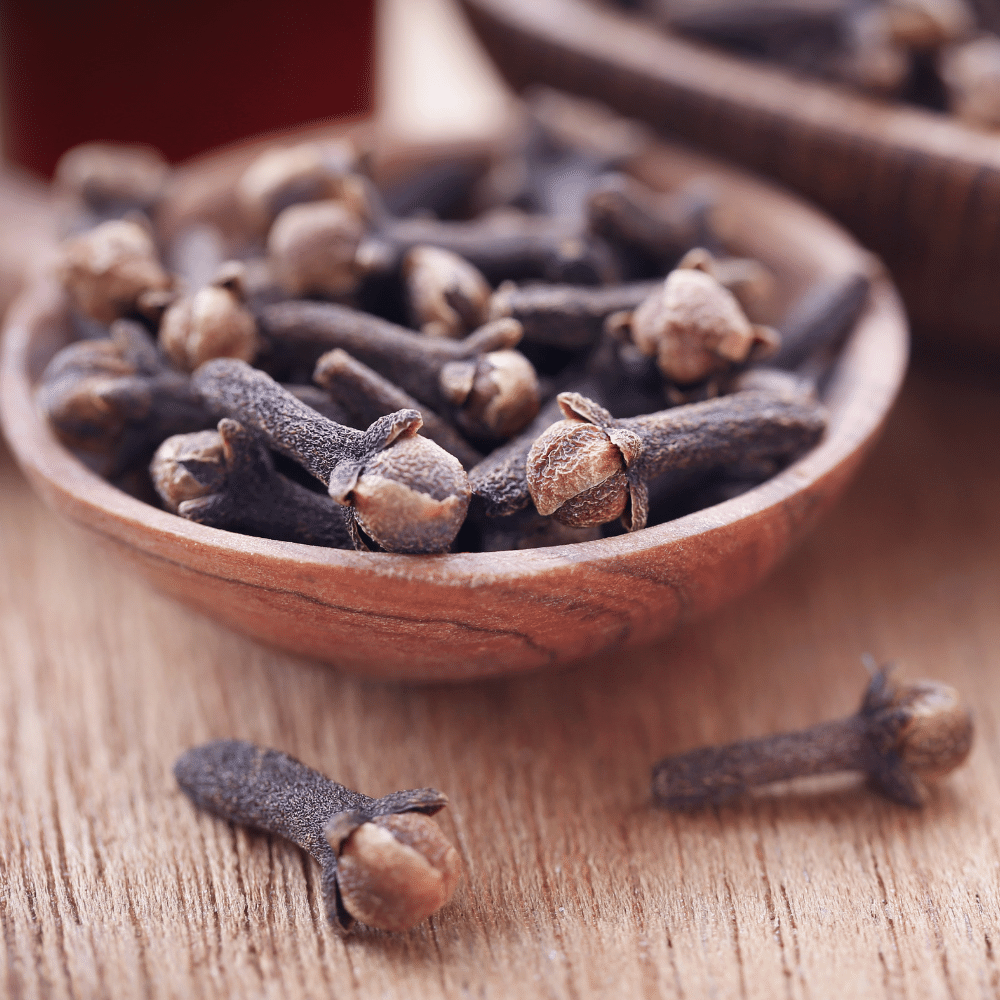Rice pilaf is a classic dish made by cooking rice in a seasoned broth to create a flavorful, aromatic side dish.
It’s a staple in many cultures and is a versatile base for countless variations, making it a staple in many kitchens.
One of the key elements to making a delicious rice pilaf is the use of spices.
The right blend of spices can transform a simple dish into an extraordinary one, elevating the taste, aroma and overall experience.
In this article, I will be sharing the 10 best spices for rice pilaf, providing detailed information about each spice, including its flavor profile, and how to use it in rice pilaf.
Read Also: What To Serve With Rice Pilaf? 15 Best Side Dishes

Additionally, I will offer tips on how to use spices to create the perfect rice pilaf dish.
Whether you’re an experienced cook or just starting out, this article will give you all the information you need to create a delicious and flavorful rice pilaf dish.
The 10 Best Spices for Rice Pilaf
Rice pilaf is a delicious and versatile side dish.
The key to making it great is in the spices you use.
Here are ten of the best spices for rice pilaf that will give your dish an amazing flavor:
1. Cinnamon

Cinnamon is a sweet and woody spice that has a slight citrusy note and is often compared to the strong, spicy flavor of cloves.
It’s a versatile spice that can be used in both sweet and savory dishes, adding depth and warmth to a variety of recipes.
How To Use
Cinnamon can be used in both ground and stick form.
There is no difference in flavor between ground cinnamon and cinnamon sticks, but the way they are used can vary.
Ground cinnamon is commonly used in baked goods and desserts, while cinnamon sticks are often used in teas, sauces, and slow-cooking dishes.
When using cinnamon sticks, they can be crushed or added whole to the dish. Experiment with using cinnamon in different forms and quantities to find the perfect balance of flavor for your dish.
2. Cumin

Cumin is a rich and hearty spice with warm, earthy undertones and a slight citrus edge.
It adds instant depth and complexity to any dish, making it a staple in many cuisines around the world.
How To Use
Cumin is available in both ground and whole seed form.
For recipes where you want the flavor to be evenly dispersed, it’s best to use ground cumin.
Whole cumin seed can be used in dishes where you want a crunchy texture, such as in pickling or as a topping for roasted vegetables.
Use cumin sparingly at first and add more to taste, as it can overpower a dish if used in too great a quantity.
3. Coriander

Coriander refers to both the leaves and seeds of the coriander plant.
The leaves, commonly known as cilantro, have a refreshing, tart, and citrusy flavor.
The seeds, which are the dried fruit of the plant, have an earthy, tart, and sweet flavor with a floral aroma that becomes more prominent when toasted.
How To Use
Coriander seeds can be used whole or ground and can be added to soups, stews, marinades, curries, and spice blends.
Toasting coriander seeds in a dry pan brings out the floral aroma and enhances the flavor.
The leaves, or cilantro, are often used as a garnish for dishes or added to salsa, guacamole, and other dips for a burst of fresh flavor.
Both the seeds and leaves can be used to add depth and complexity to a dish. Start with a small amount and adjust to taste.
4. Turmeric

Turmeric has a distinct, earthy and bitter flavor with a slight hint of peppery spice.
It’s a key ingredient in many curry powders and provides a deep and complex flavor profile.
How To Use
Turmeric is often used in spice blends, curries, soups, and stews.
It’s also a popular ingredient in many traditional dishes, such as yellow rice and lentil soup.
In addition to its flavor, turmeric is also known for its vibrant yellow color, which can be used to enhance the visual appeal of a dish.
5. Ginger

Ginger has a complex flavor that can be described as spicy, peppery, warm, and sometimes sweet.
The taste can range from hot to mild, depending on the maturity of the ginger root.
Young ginger has a milder flavor and is juicier than mature ginger.
How To Use
Ginger is a popular ingredient in many cuisines, including Asian, Indian, and Middle Eastern. It’s often used in stir-fries, curries, marinades, and spice blends.
Fresh ginger can be grated, minced, or thinly sliced, while dried ginger powder is commonly used in baking.
Young ginger can be used raw in salads and smoothies, while mature ginger is typically cooked.
6. Cloves

Cloves have an intense aroma and a subtly sweet flavor that brings warmth to any dish.
It has a slight note of bitterness and astringency that balances its sweetness, making it a perfect pairing with other rich and sweet spices like cinnamon, nutmeg, and allspice.
How To Use
Cloves are often used in spice blends, marinades, curries, and baking.
They can also be used to stud a ham or added to potpourri for a warm and fragrant aroma.
Cloves can be used whole or ground, but it’s recommended to use whole cloves for visual appeal, as they can easily be removed from the dish before serving.
7. Cardamom

Cardamom has a complex aroma with a piney, fruity, and menthol-like flavor.
It’s slightly astringent when used in excessive amounts.
The spice pairs well with citrus and can be used in both sweet and savory dishes.
How To Use
Cardamom is a staple in Indian and Middle Eastern cuisines, used in curries, spice blends, and sweet dishes like chai tea and baklava.
It’s also commonly used in Scandinavian baking. Cardamom pods can be used whole or the seeds can be removed and ground.
Start with a small amount of cardamom, as its flavor can be overpowering, and adjust to taste.
It’s best to add cardamom towards the end of cooking to preserve its delicate aroma.
8. Nutmeg

Nutmeg has a warm, nutty flavor with a hint of sweetness and subtle citrusy notes. It has a similar taste profile to cloves.
How To Use
Nutmeg is a versatile spice that is commonly used in baking, spice blends, and savory dishes like soups and stews.
Grated fresh nutmeg has a stronger flavor than pre-ground nutmeg, but either form works well.
9. Fennel

Fennel has a mild anise or licorice flavor that can be sweetened when cooked.
The flavor becomes sweeter when sauteed with onions at the beginning of cooking.
How To Use
Fennel is a versatile spice that is commonly used in Italian and Mediterranean cuisine, as well as in spice blends and marinades.
Fennel seeds can be used whole or ground, and can be added at the beginning or end of cooking.
Fennel can also be used raw, either diced or shaved, in salads and other dishes for a mild licorice flavor.
10. Bay Leaves

Bay leaves have a woody, earthy, and slightly bitter flavor that is subtle yet distinctive.
They are often used to add depth to soups, stews, and sauces.
How To Use in Rice Pilaf
Bay leaves are a great addition to rice pilaf as they add flavor without being overpowering.
When cooking rice pilaf, add a few bay leaves to the cooking liquid for added flavor.
It’s important to note that bay leaves should be removed before serving, as they can be tough and are not meant to be eaten.
To get the most flavor out of bay leaves, it’s best to use fresh or dried whole leaves, rather than ground bay leaves.
Start with 2-3 leaves and adjust to taste.
Tips for using Spices in Rice Pilaf
Experimenting with quantities
When it comes to using spices in rice pilaf, the quantities you use can greatly impact the flavor of the dish.
It’s important to experiment and find the perfect balance that suits your taste buds.
Start with a small amount of each spice and gradually increase until you find the desired flavor.
Balancing flavors
When using multiple spices in a dish, it’s important to balance the flavors.
You want to ensure that no single spice overpowers the dish, creating a harmonious blend of flavors.
Try different combinations until you find the perfect balance.
Using whole spices vs. Ground spices
Both whole and ground spices can be used, but each has its own unique flavor and benefits.
Whole spices tend to have a milder flavor and a longer shelf life, while ground spices provide a stronger and more intense flavor but have a shorter shelf life.
Choose what works best for you and the dish you are creating.

The 10 Best Spices for Rice Pilaf
Ingredients
- Cinnamon
- Cumin
- Coriander
- Turmeric
- Ginger
- Cloves
- Cardamom
- Nutmeg
- Fennel
- Bay Leaves
Instructions
- Pick your favorite spices from this list to use in your rice pilaf recipe.
- Prepare the rest of your meal, and enjoy!
Jenny has always been passionate about cooking, and she uses her platform to share her joy of food with others. Her recipes are easy to follow, and she loves giving tips and tricks to help others create their own unique culinary creations.

